
History and Development of Water in the West
Dr. Paul Lander from the University of Colorado Boulder gives a lecture on the history of water resources in the Western United States, from the pre-colonial time period onward. This video is part of the Water in the Western US lecture series.

Review of the Water Cycle (with a focus on the Western US)
In this video Dr. Anne Gold and Eric Gordon give a brief review on the different processes involved in the water cycle, specifically in the Western United States.

Geography of the West
Eric Gordon and Dr. Anne Gold give an overview on the geographic features that define the Western United States, both physical and political.

Important Things to Know About the Course
Eric Gordon and Dr. Anne Gold give an overview on the basics of the various subjects covered in the Water in the Western US lecture series.

Why Study Water in the West?
This video serves as an introduction to the Water in the Western US lecture series. The instructors Dr. Anne Gold and Eric Gordon explain the importance of learning about water in the Western United States.
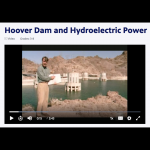
Hoover Dam and Hydroelectric Power
Since its completion, Hoover Dam has wowed visitors with its sheer massiveness and its ability to create and hold back a reservoir that covers nearly 650 square kilometers (250 square miles). Yet, perhaps even more impressive is the dam's ability to harness the potential energy stored in the reservoir and convert it to electricity. In this video…
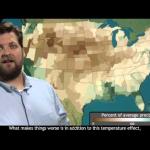
Baking the Bread Basket: Drought in the Heartland
From scorching July heat to well-below-average summer rainfall, NOAA’s Deke Arndt, Chief of the Climate Monitoring Branch at the National Climatic Data Center, recaps summer climate conditions across the United States. Running time: 3:02

Drought Data and Projections
This resource includes 3 videos that are animations of drought data. The first is an animation of the US Drought Monitor drought index snapshots from 2010-2018. The second is an animation of global drought data from satellites from 2013-2018. The third is an animation of drought projections for the US from 1950-2095.
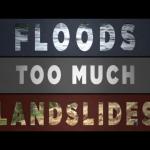
Too Much, Too Little
This video describes the joint NASA-JAXA GPM (Global Precipitation Measurement) satellite mission and why it is necessary for monitoring precipitation around the Earth. It also discusses the science around issues of having too much or too little precipitation such as landslides and drought. It emphasizes the need for data to fill in gaps, and why…

Assessing Drought in the United States
This easy-to-understand video animation describes drought and explains the different categories of drought used by the drought monitor. It discusses the effects of and contributions to drought, what the implications of the different drought levels are, and puts the drought maps into context to understand how the impacts vary geographically (e.g.…
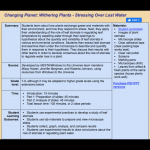
Changing Planet: Withering Crops
This video examines what will happen to crops as Earth's temperature rises and soils dry out because of changing climate. Video length: 5:50 min.

Earth's Water Cycle
This NASA video provides a nice overview of Earth's water cycle from the perspective of looking at Earth from space. Video length is 5:52 min.
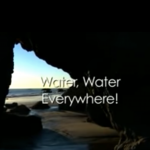
Water Water Everywhere
This is a short NASA video on the water cycle. The video shows the importance of the water cycle to nearly every natural process on Earth and illustrates how tightly coupled the water cycle is to climate. Video length: 6:31
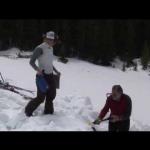
Water: A Zero Sum Game
This video takes viewers high into the Rocky Mountain snowpack, where researchers dig snow pits to explore the source of Colorado's water supply. Highlights the importance of snowpack on the supply of fresh water available in western and southwestern states. Snowmelt dynamics are discussed, including the impact of a warming climate. Video length…
Pagination
- Previous page
- Page 2